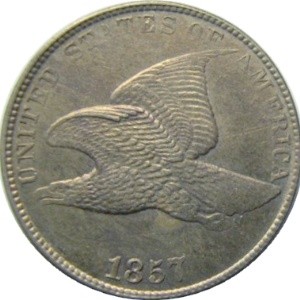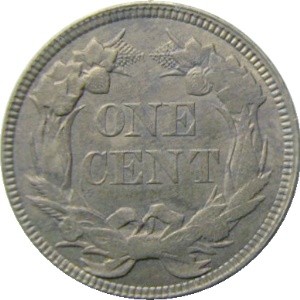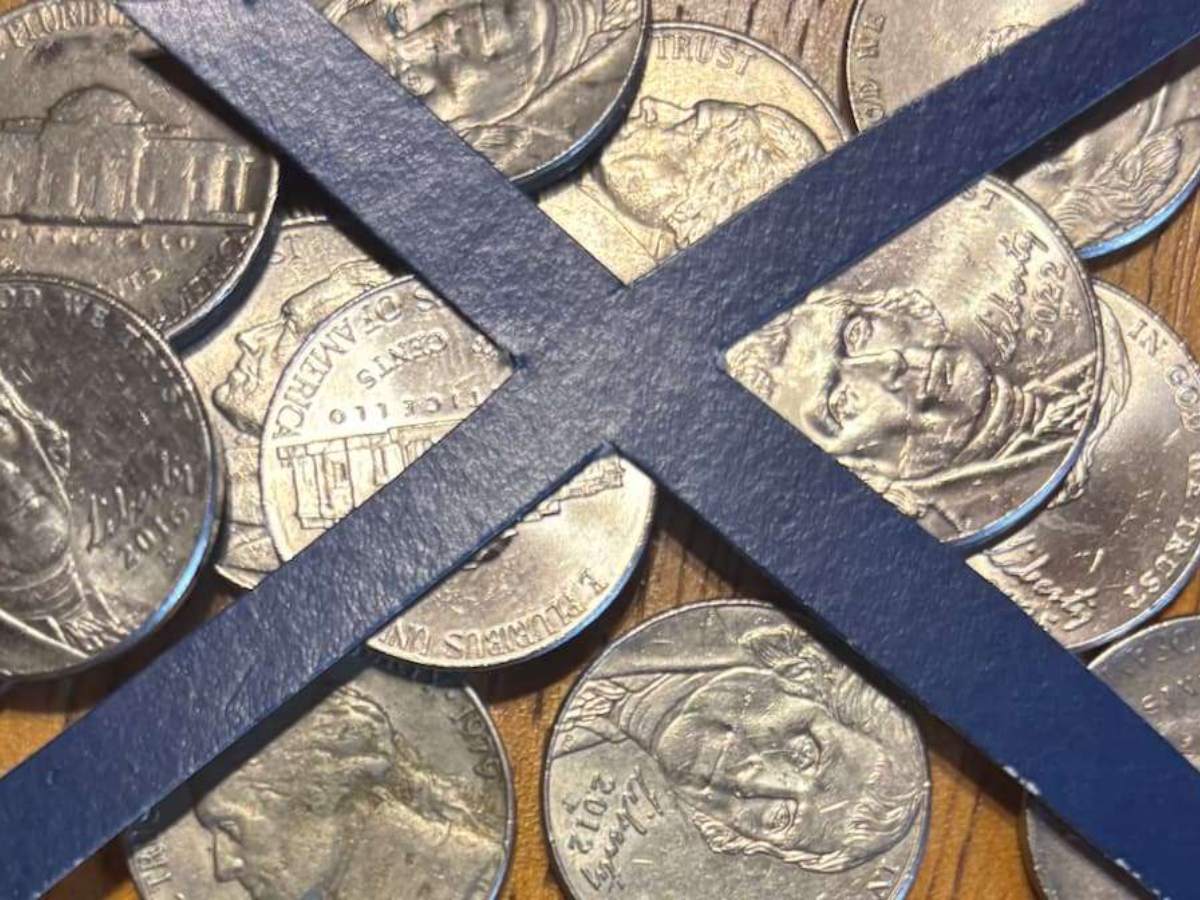Have you ever heard of a white cent?
You’ll likely come across this term if you’re a penny aficionado — especially if collecting Indian Head pennies or Flying Eagle cents are among your specialties.
Flying Eagle and early Indian Head pennies are often referred to as white cents because of their light color.
The lighter-than-usual color for these coins is attributed to their metal composition, which is quite different than for small cents of later years.


Why Do They Look Like White Pennies?
Unlike today’s pennies, the white cents of 1856 through 1864 have a very light color that can sometimes approach whitish-coppery shades.
The reason?
These early small cents are made from a composition of 88% copper and 12% nickel.
The inclusion of nickel in these early pennies as well as a smaller amount of copper contribute mightily to the lighter color — they almost look silver.
In fact, because five-cent coins containing nickels weren’t made until 1866, it was somewhat common in the early 1860s to refer to the white cents as ‘nickels!

Which U.S. Pennies Are White Cents?
Here’s a rundown of the current value U.S. white cents:
- 1856 Flying Eagle cent — $7,500
- 1857 Flying Eagle cent — $30
- 1858 Flying Eagle cent with large letters — $30
- 1858 Flying Eagle cent with small letters — $30
- 1859 Indian Head cent — $15
- 1860 Indian Head cent — $10
- 1861 Indian Head cent — $22
- 1862 Indian Head cent — $10
- 1863 Indian Head cent — $10
- 1864 Indian Head cent weighing 4.67 grams — $22
*Values are approximate and refer to coins in a grade of Good-4.
The Move To Copper Pennies In The U.S.
In 1864, the United States Mint began producing pennies out of a 95% copper and 5% tin & zinc composition. The shift in metal change and a thinner coin means these pennies weigh only 3.11 grams.
Except for the brief, one-year minting of steel cents in 1943 to provide copper for the war effort and elimination of tin during 1944 through 1946, the 95% copper & 5% tin & zinc mixture was relied on for pennies until 1962.
In 1962, tin was again eliminated (as is the case for shell-case pennies of 1944, 1945, and 1946), and the penny was made from 95% copper and 5% zinc until 1982.
Why Are Modern U.S. Pennies Also Light In Color?
While more recent pennies made since 1982 aren’t usually referred to as white cents, they’re noticeably lighter in color than their pre-1982 counterparts.
This is because zinc became the primary metal in one-cent coins beginning in 1982. This shift to zinc was made to make the coins cheaper to produce.
While business-strike pennies made since 1982 have a core that’s 99.2% zinc, the coins are plated with pure copper.
These newer, lighter (2.5 grams) pennies contain a mere fraction of the copper that older pennies have and, in so many ways, don’t resemble anything of the color or heft of earlier pennies.




